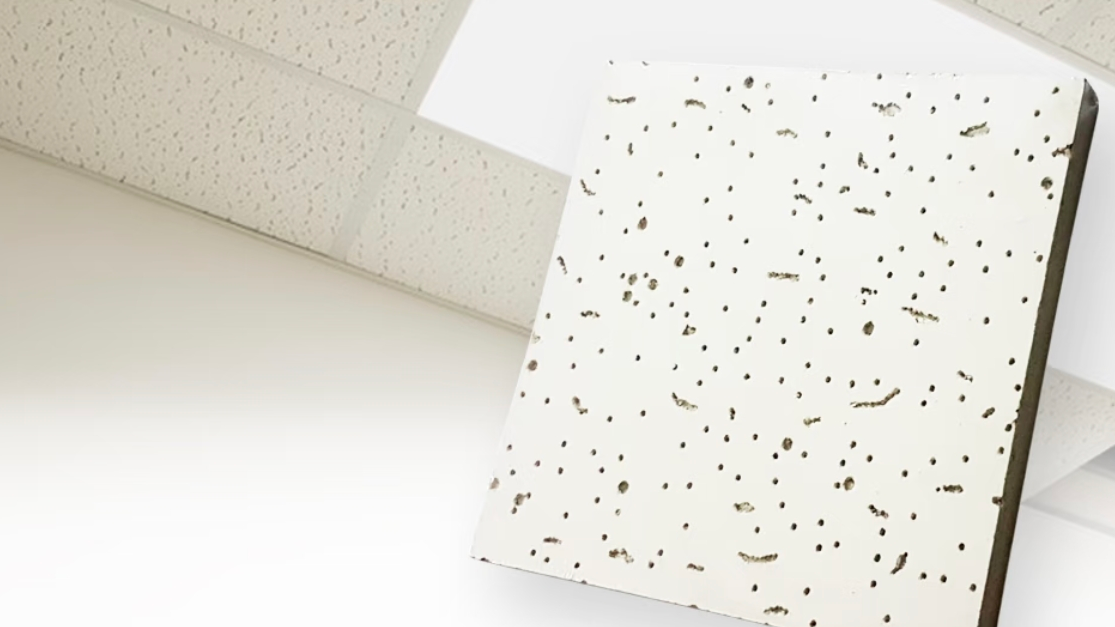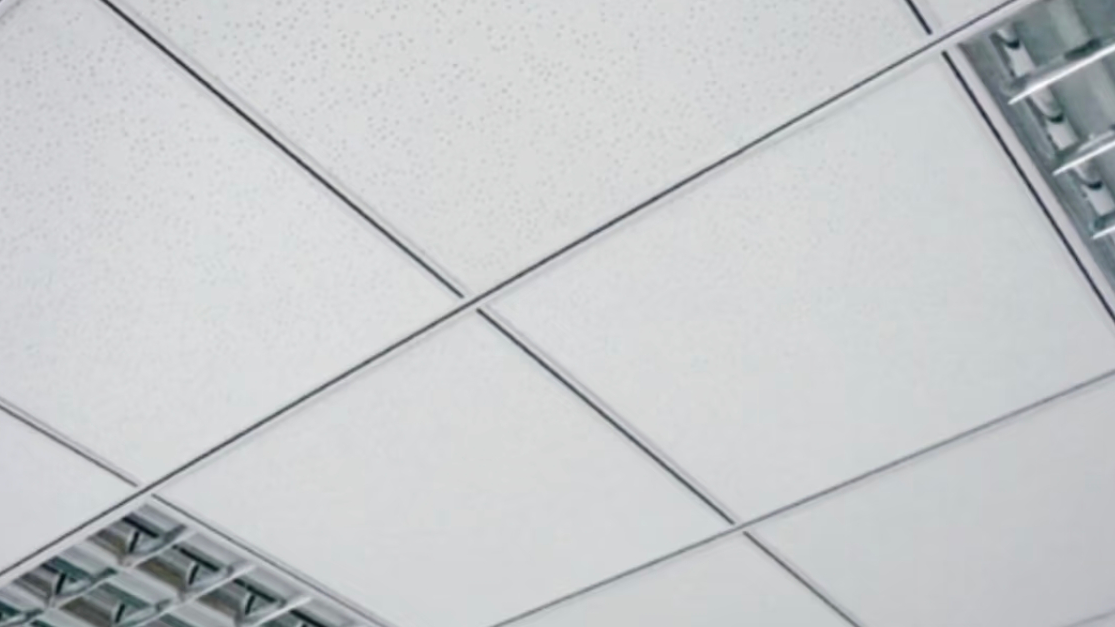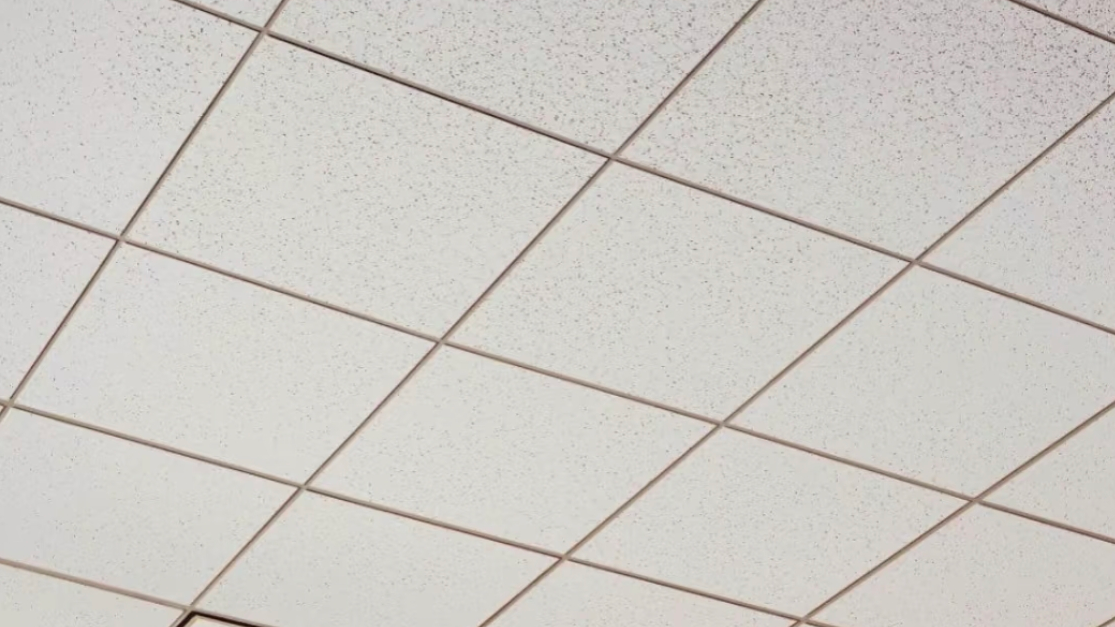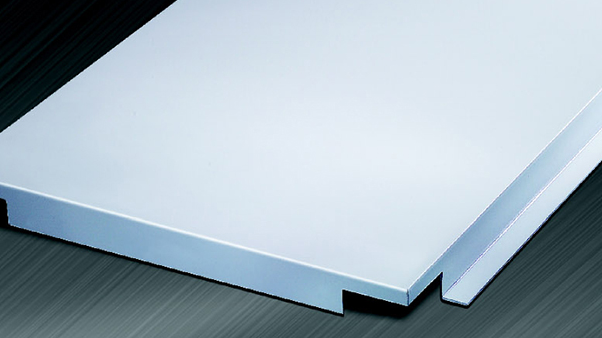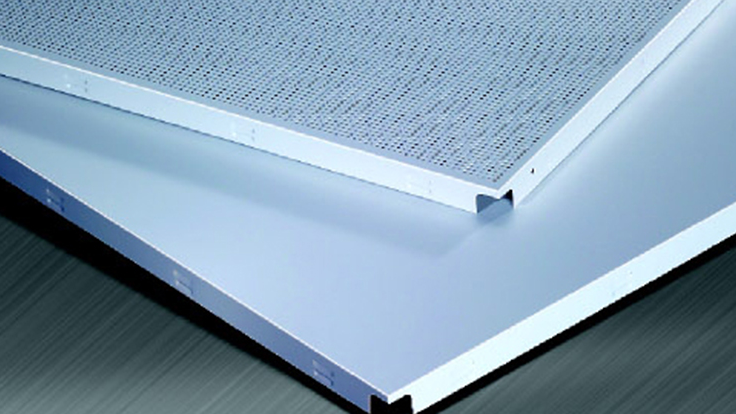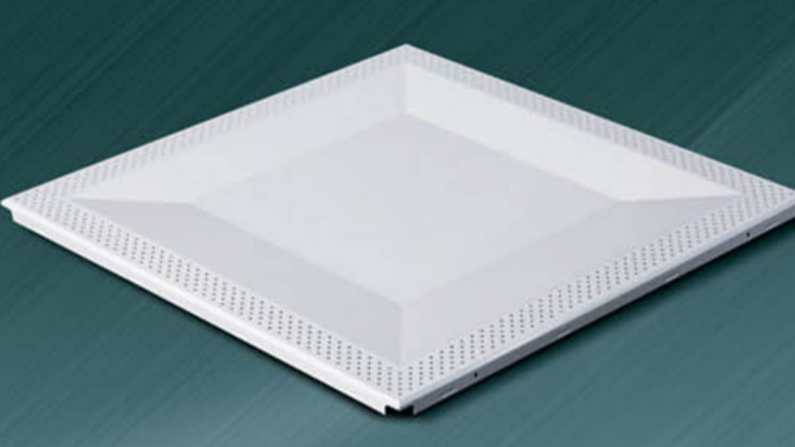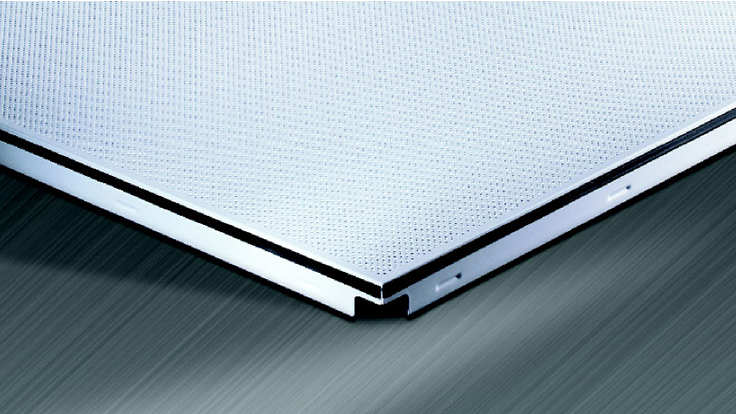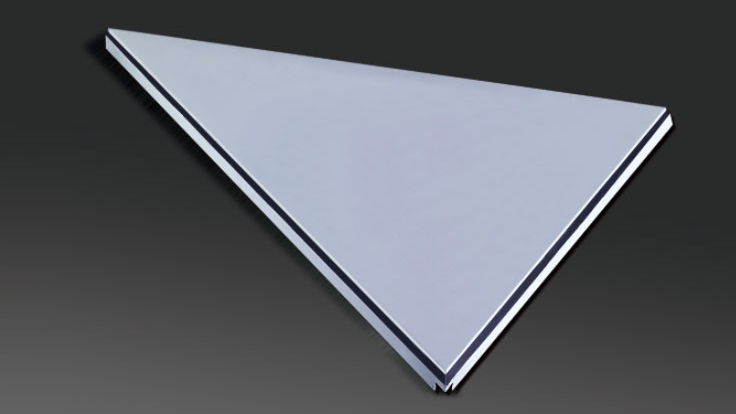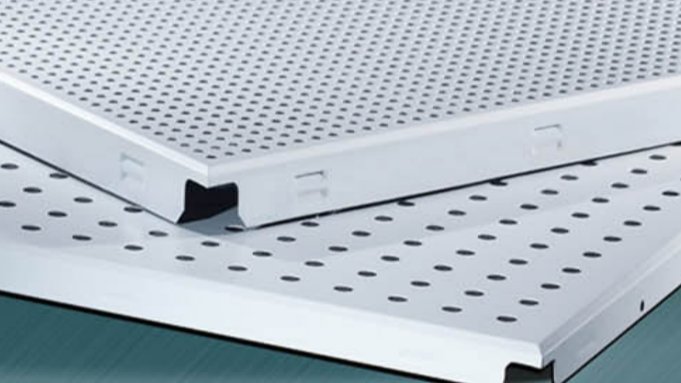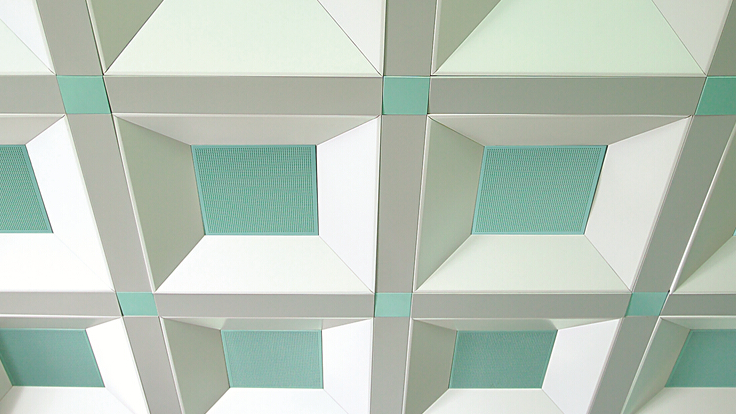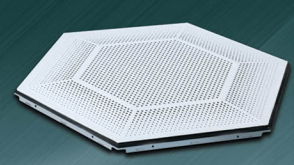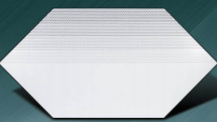Overview
Mineral wool composite aluminum ceiling panels are a hybrid material that integrates the advantages of mineral wool boards and aluminum. They are widely used in commercial, office, healthcare, educational, and other public building applications.
Common Types
Flat Panels: Smooth surface, offering a minimalist and modern look.
Perforated Panels: Aluminum sheet with perforations + mineral wool backing, enhancing sound absorption.
Special-Shaped Panels: Such as linear or grid designs, catering to unique architectural needs.
Key Features
Sound Absorption: The porous structure of mineral wool effectively absorbs sound waves, reducing ambient noise (NRC value can reach 0.6–0.9).
Fire Resistance: Mineral wool is a Class A non-combustible material, and the aluminum layer is heat-resistant, meeting fire safety standards (e.g., GB8624 Class A).
Lightweight & Durable: Low weight (approx. 3–5 kg/m²), with an aluminum surface that is moisture-proof, corrosion-resistant, and warp-resistant.
Aesthetic Versatility: Aluminum surface can be customized with patterns, perforations (e.g., micro-holes, linear perforations), blending functionality with design.
Eco-Friendly: Mineral wool is non-toxic and harmless, and some products are recyclable.
Material Structure
Surface Layer: Made of aluminum alloy sheet (typically 0.6–1.5 mm thick), with options for spray coating, laminating, or anodizing to provide various colors and textures (e.g., wood grain, metallic finishes).
Core Layer: Composed of mineral wool, offering sound absorption, thermal insulation, and fire resistance (standard thicknesses include 10mm and 50mm; other thicknesses can be customized upon request).
Composite Process: The aluminum sheet and mineral wool are bonded via high-temperature adhesive or mechanical pressing, forming a lightweight yet high-strength composite panel.
Applications
Commercial Spaces: Shopping malls, hotels, exhibition halls (emphasizing aesthetics and acoustics).
Office Environments: Open-plan offices, meeting rooms (requiring noise reduction).
Public Facilities: Hospitals, schools, theaters (with high fire safety and environmental standards).
Installation Methods
Concealed Grid System: Suspended via T-shaped rails, allowing flexible panel removal for easy maintenance.
Exposed Grid System: Visible grid structure, offering quick installation and lower costs.


